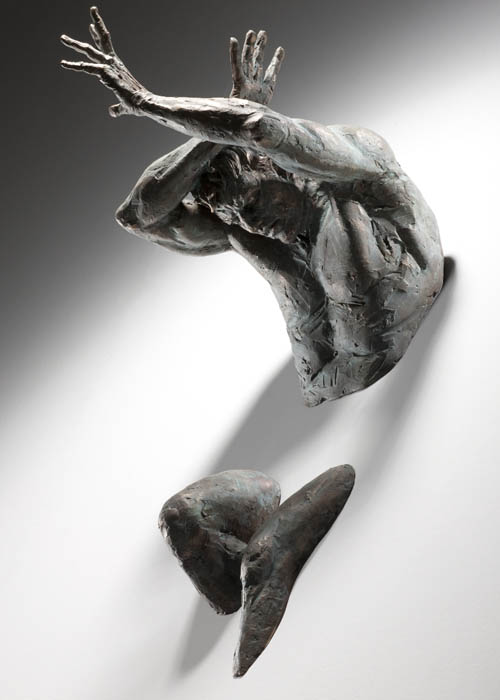(from Alphonsian Academy blog)
In a very synthetic way, as required by the writing of a blog, we have seen in the past articles how the concept of necropolitics proposed by Mbembe, as well as its roots in Foucault’s biopower, helps us to understand a mode of social injustice, which goes beyond the mere singular act, to become complex in the construction of socio-economic-cultural structures that generate death and exclusion.
In a line very close to this reflection, Catholic moral thought has found in the expressions “social sin” and “structures of sin” a way to express its opinion before the structures of injustice present in modern societies that have generated and generate real “holocausts”, killing not only physically but, as Professor Mbembe’s thought makes clear, creating an army of “social living dead” through exclusion.
From numbers 98 to 101 of Veritatis Splendor, Pope Saint John Paul II, reflecting on the various social problems that put at risk respect for human dignity, perceives how various elements present not only in politics, but also in the economy, present themselves as true structures undermining the right to life, extracting from so many access to the most basic for survival, reducing the human to an object, enslaving him in various forms.
“Reducing persons by violence to use-value or a source of profit is a sin against their dignity as persons and their fundamental rights. Saint Paul set a Christian master right about treating his Christian slave ‘no longer as a slave but… as a brother… in the Lord’ (Phil. 16)” (Veritatis splendor, n. 100).
The same Pope, two years later, in Evangelium Vitae, seems to take up this argument again, expanding it in the direction of recognizing the existence of “structures of sin” which function internally, generating and communicating, a veritable “culture of death”:
“In fact, while the climate of widespread moral uncertainty can in some way be explained by the multiplicity and gravity of today’s social problems, and these can sometimes mitigate the subjective responsibility of individuals, it is no less true that we are confronted by an even larger reality, which can be described as a veritable structure of sin. This reality is characterized by the emergence of a culture which denies solidarity and in many cases takes the form of a veritable “culture of death”. This culture is actively fostered by powerful cultural, economic and political currents which encourage an idea of society excessively concerned with efficiency. “(Evangelium vitae, n. 12).
The current magisterium of Pope Francis is full of elements which develop the above-mentioned problematic. His encyclical of a social character, Laudato Si’, which includes the serious ecological issue in the face of a utilitarian culture and economy already secular, as well as his post-synodal exhortation, Dear Amazon, where he confronts problems of socio-political-economic character that endanger the life, especially of the poor and native peoples of the Amazon region.
Although it is situated in another area, that of the care of critically and terminally ill patients, the Congregation for the Doctrine of the Faith, in February 2020, published the letter Samaritanus Bonus. In that document the problematic of the structures of sin is taken up again and the thinking of Popes Francis and John Paul II is highlighted. It also deals with the problematic interplay that takes place within the process of discernment in personal consciences.
“In this connection, Pope Francis has spoken of a “throw-away culture” [34] where the victims are the weakest human beings, who are likely to be “discarded” when the system aims for efficiency at all costs. This cultural phenomenon, which is deeply contrary to solidarity, John Paul II described as a “culture of death” that gives rise to real “structures of sin” [35] that can lead to the performance of actions wrong in themselves for the sole purpose of “feeling better” in carrying them out. A confusion between good and evil materializes in an area where every personal life should instead be understood to possess a unique and unrepeatable value with a promise of and openness to the transcendent. In this culture of waste and death, euthanasia and assisted suicide emerge as erroneous solutions to the challenge of the care of terminal patients.” (Samaritanus bonus, cap. IV).
Finally, although the relationship presented between Mbembe’s thought and the problem of structural sin would need more space for a thorough reflection, the intuition remains here as a proposal for further reflection. It is certain that in our modern societies the problem of evil that is also manifested as social structural is always more strongly felt. Such a question is always more complex because it touches not only the classic problem of justice, but also that of the freedom of conscience in the face of cultural imposition and the curtailment of rights.
Fr. Maikel Dalbem, C.Ss.R.
(the original is in Portuguese)





